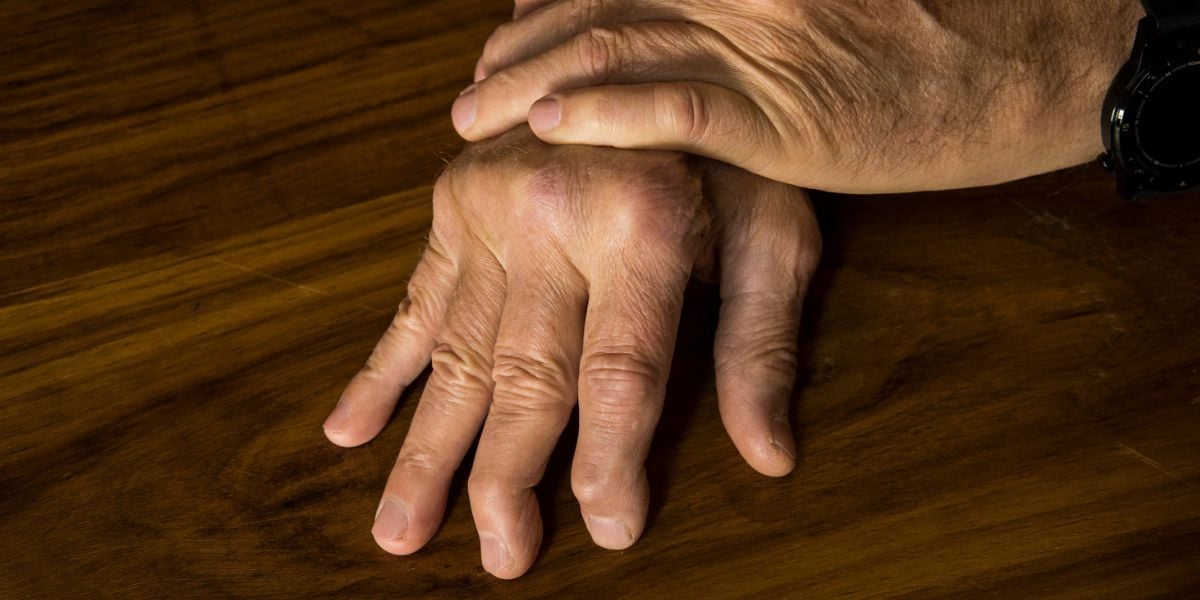Diabetes affects both the nerves and circulation which can result in joint pain and disorders developing in a number of areas of the body.
In terms of the complications of diabetes, joint disorders tend to get mentioned less than the likes of retinopathy and kidney disease but some of the conditions can be serious.
Charcot foot
Charcot foot, also known as Charcot arthropathy and Charcot joint, is the name for a condition which causes the foot to swell and, in progressed cases, deform.
Symptoms of Charcot foot include:
- Swelling or redness of joints in the foot
- Affected foot being warmer than the non-affected foot
- Pain in the affected area will be noticed
Charcot foot can affect any of the weight bearing joints in the foot including the ankle.
Charcot joint can be treated but the treatment takes time, up to several months, typically involving casting the foot and taking weight off it.
- Read more about Charcot foot
Osteoporosis
Osteoporosis, meaning porous bones, is a condition which causes bones to weaken. Areas which tend to be affected are the spine, wrist and hips. Symptoms develop slowly and can be hard to notice until an event causes a bone to break or fracture, termed as a ‘fragility fracture’.
Treatment may include extra vitamin D and/or calcium in your diet and exercises to build up strength in the bones are often prescribed.
Osteoarthritis
Osteoarthritis includes inflammation of the tissues in the joints and damage to cartilage.
People who are overweight put extra strain on their joints and can increase the risk of osteoarthritis as well as making the condition more pronounced.
Osteoarthritis symptoms
Symptoms include:
- Pain
- Stiffness
- A grating sound or a limited range of mobility in the joints.
Osteoarthritis becomes more likely in old age, with 50 years old the age at which the condition starts to become more common.
Osteoarthritis treatment
Treatments for osteoarthritis mainly incorporate lifestyle changes such as:
- Exercise and losing weight
- Medication to treat the pain symptoms, such as paracetamol and codeine.
- Other treatment options include physiotherapy, occupational therapy and, in a smaller number of cases, surgery.
Tendon thickness
A study published in the American Diabetes Association journal found that there was a relationship between diabetes and a thickening of the bicep and the supraspinatus tendons, two tendons in the shoulder that are easily observable with ultra sound techniques.
The study found that 150 people with diabetes (100 type 2 diabetics, and 50 type 1 diabetics) had thicker tendons, a complication that became more pronounced with age.
Frozen shoulder (adhesive capsulitis)
Frozen shoulder (known formally as adhesive capsulitis) is characterized by pain and stiffness of the shoulder which can lead to effects on the mobility of the shoulder. Frozen shoulder usually sees the body recover by itself, however, this can be a long process, sometimes over a few years.
There are three stages of frozen shoulder, from aching, through to increased stiffness and then to recovery.
Frozen shoulder treatment
Treatment may include:
- Pain killers
- Corticosteroids
- In the later stages, exercises or physiotherapy
Diabetes and hand disorders
A number of joint disorders affecting the hand are linked with diabetes.
These include:
- Diabetic hand syndrome
- Dupuytren’s contracture
- Tenosynovitis (trigger finger)
- Carpal tunnel syndrome
Read more on Diabetes hand and joint disorders









